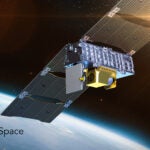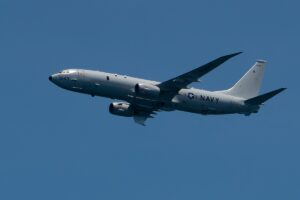
Border Awareness. The Department of Homeland Security (DHS) Science and Technology branch pursues an “enterprise capability” aimed at providing greater situational awareness across the nation’s borders, including land, coastal, and ports of entry, an agency official says. The Border and Coastal Information System (BACIS) “work includes integrating and federating existing standalone data sources, developing new sensor systems to create new data, developing and integrating decision support tools and analytics to translate data into actionable information, and sharing information with partners,”…

 By
By 











